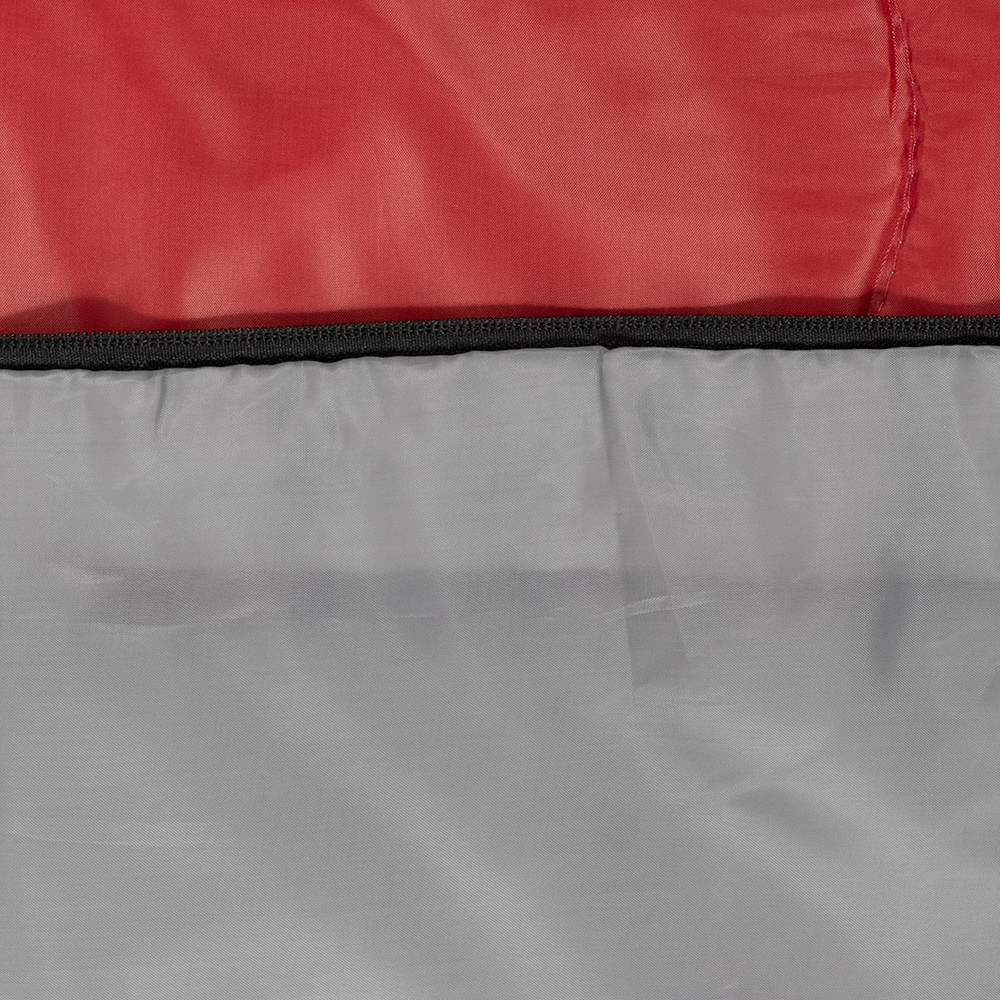
Dec . 13, 2024 19:06 Back to list
Durable Temporary Fencing Solutions for Construction Sites and Outdoor Events
High-Quality Temporary Fencing for Construction Sites Ensuring Safety and Security
In the construction industry, safety and security are paramount. A significant component of these safety measures is the use of high-quality temporary fencing. This fencing not only serves as a physical barrier to protect the site but also plays a crucial role in ensuring the security of equipment, materials, and personnel. In this article, we explore the importance of temporary fencing in construction, its benefits, types, and factors to consider when choosing the right temporary fencing for a construction site.
The Importance of Temporary Fencing
Construction sites are often bustling with activity, involving heavy machinery, hazardous materials, and a diverse workforce. With a constant flow of workers and visitors, these sites can pose a safety risk if not properly secured. Temporary fencing acts as a crucial safeguard, preventing unauthorized access and deterring potential theft or vandalism.
Moreover, temporary fencing helps to delineate the boundary of the construction site, directing pedestrian traffic safely and clearly. This is essential not only for the protection of the public but also for the employees on-site. A clear and well-defined perimeter ensures that everyone knows where they can and cannot go, reducing the risk of accidents.
Benefits of High-Quality Temporary Fencing
1. Enhanced Security High-quality temporary fencing provides a robust barrier that can effectively keep intruders out. With options such as chain link fences, welded wire fences, and more, these barriers can be tailored to meet specific security needs.
2. Safety Compliance Many local regulations mandate the use of fencing to protect construction sites. By adhering to these regulations, construction companies can avoid potential fines and legal issues.
3. Cost-Effective Solution Investing in high-quality temporary fencing is a cost-effective solution for construction site security. Compared to permanent fencing, temporary options can be set up quickly and removed when no longer needed, minimizing the overall expenses.
4. Flexibility and Versatility Temporary fencing can be customized in height, size, and design to meet varying requirements around different construction sites. This flexibility allows for quick adjustments as the site develops or evolves.
5. Protection from Unwanted Wildlife In some areas, construction sites can attract local wildlife. Installing temporary fencing can prevent animals from wandering onto the site, which can lead to safety concerns and project delays.
Types of Temporary Fencing
When it comes to temporary fencing options for construction sites, several types are available, each offering unique advantages
high quality temporary fencing for construction site product

1. Chain Link Fencing This is one of the most common choices due to its durability and visibility. Chain link fences can be installed quickly and can be easily modified to meet different site layouts.
2. Plastic Fencing Lightweight and easy to transport, plastic fencing is ideal for areas where visibility is important, such as pedestrian zones. It is often used in combination with other fencing types to provide both security and visibility.
3. Construction Barriers These heavy-duty barriers are used in high-security situations. Made from solid materials, they are highly effective in restricting access and maintaining safety on larger sites.
4. Water-Filled Barriers These barriers are often used for crowd control and to redirect traffic. They are filled with water for stability and can be easily moved or repositioned as necessary.
Factors to Consider When Choosing Temporary Fencing
When selecting the right temporary fencing for a construction site, several factors need to be taken into consideration
1. Height and Material Depending on the level of security needed, choose fencing with appropriate height and material that can withstand environmental conditions.
2. Local Regulations Always check and comply with local regulations or guidelines regarding construction site safety and fencing requirements.
3. Duration of Use Consider how long the fencing will be needed. For longer projects, investing in sturdier fencing may be beneficial.
4. Installation and Removal Choose fencing that can be easily installed and removed to save on labor costs and time.
5. Budget Assess both the initial costs and ongoing maintenance expenses to find a fencing solution that fits within the project budget.
In conclusion, high-quality temporary fencing is an essential element for any construction site, promoting safety, security, and compliance with regulations. By investing in the right type of fencing, construction companies can safeguard their site, protect their assets, and create a safer working environment for everyone involved.
-
Durable Outdoor White Tents for Global Use | Hebeiaoxin
NewsNov.24,2025
-
Outdoor Pop Up Tents – Ultimate Guide to Portable Shelter Solutions
NewsNov.23,2025
-
Explore Durable and Stylish Woven Picnic Rug Pink – Comfort Meets Sustainability
NewsNov.21,2025
-
Custom Printed Picnic Rug – Durable, Eco-Friendly & Fully Personalized Outdoor Rugs
NewsNov.21,2025
-
Discover Durable Canvas Picnic Rugs with Tassels – Stylish, Sustainable Outdoor Essentials
NewsNov.20,2025
-
Discover the Charm and Sustainability of Picnic Rug Boho Woven Designs
NewsNov.19,2025
